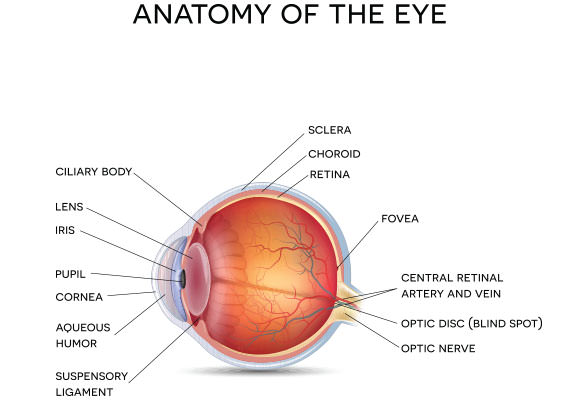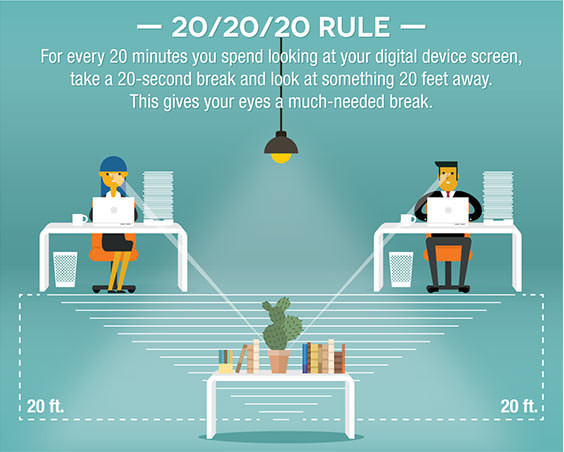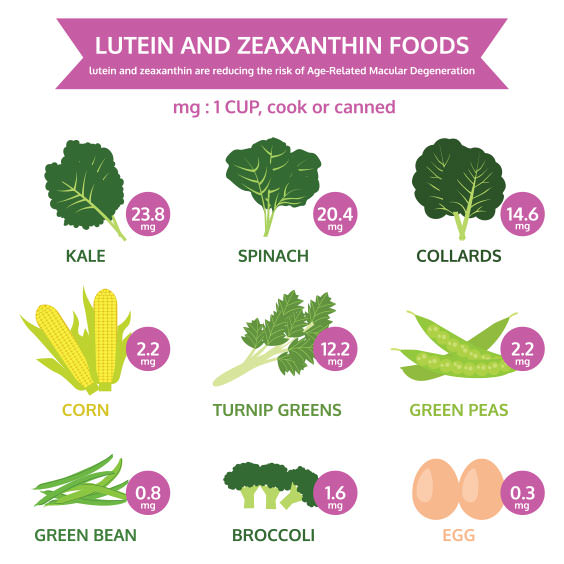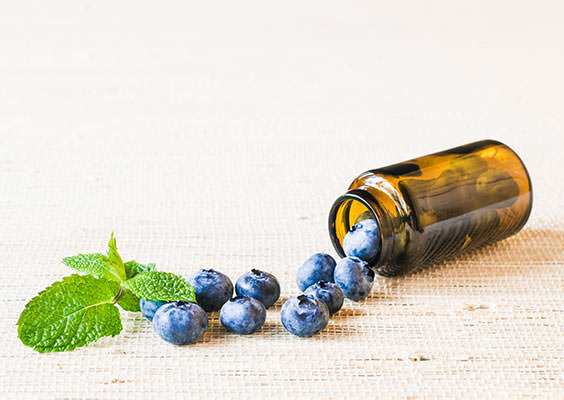I’ve noticed a frightening trend occurring around the world. Instances of eye problems are increasing with rapid numbers.
Problems like myopia – once thought to be genetic – are going up exponentially with each passing year.
Many eye diseases have no early symptoms. You may not see a change in your vision until the disease has become advanced.
Are Eye Problems Genetic?
We have to look at the bigger picture here… eye problems aren’t always genetic, and there are changes in our environment that are having a negative impact on our eyesight.
Serious Eye Problems That Affects Your Vision
One area of concern is eye strain occurring in adults thanks to greatly increased exposure to digital screens.

Everywhere you look these days, we’re all glued to our digital devices.
We’re texting while doing our food shopping.
We’re checking messages before switching to silent mode at the movies.
We’re playing video games while waiting to board a flight.
I admit, I use my smartphone a lot. But not as much since I read an eye-opening study.

What Symptoms and Causes of Eye Strain?
Researchers at the Vision Council found 65% of Americans report symptoms of eye strain. It’s because they’re always on their high-tech devices.1 Symptoms include dry, irritated eyes, blurred vision, eye fatigue, neck and back pain and headaches.
The study found that nearly nine in 10 adults spend more than two hours each day using a digital device. Worse, one in 10 people spends at least three-fourths of their waking hours on a digital device.2
And it’s not just smartphones, e-readers and tablets that are straining your eyes. You can also experience digital eye strain from prolonged periods of staring at a desktop or laptop computer.
How Are Eye Problems Caused?
Because these electronic devices emit HEV light – also called blue light. HEV light is that portion of the visible light spectrum with the shortest wavelengths.
Exposure to high levels of HEV light can damage tissue in the retina of the eye. It’s associated with macular degeneration, a leading cause of permanent vision loss in older adults.3

Blue light is also emitted by the sun and LED light bulbs. We all know better than to stare at those for an extended period of time. But you may not realize that texting and tweeting can also adversely affect your vision.
Even if you cut back on your viewing habits, you still run the risk of digital eye strain. It’s just one of the unintended consequences of our high-tech modern world.
Your corner drugstore offers a variety of over-the-counter topical drops to soothe tired eyes. But many of these products come with potentially harmful side effects, such as ocular allergic reactions and conjunctivitis (pink-eye).4
Natural Ways to Relieve Digital Eye Strain
Fortunately, there are natural ways to relieve digital eye strain and improve your overall vision.
How to Prevent Eye Problems From Digital Devices
For mild, occasional eye strain: Use the 20/20/20 rule: For every 20 minutes you spend looking at your digital device screen, take a 20-second break and look at something 20 feet away. This gives your eyes a much-needed break.

Also, blink often. Many people blink less when focused on a digital device or computer screen. Blinking helps produce tears that moisten and refresh your eyes.
For chronic eye strain: Eat foods high in vitamins C and E. There are plenty of fresh foods that you can find in a local farmer’s market that will give your eyes the nutrients they need every day. Here are a few shopping suggestions of foods that can save your eyesight:
- For lutein, pick up some dark, leafy vegetables. Spinach, kale, collards and Swiss chard will do the trick. Lutein is an essential nutrient for vision clarity.

- Eat whole eggs. They’re also full of lutein.
- Zeaxanthin is also very important for ocular health. It’s found in colorful fruits and vegetables like orange peppers, zucchini, squash and kiwi.
You need at least 20 mg of lutein and at least 1 mg of zeaxanthin in your daily diet.
In Addition, Here Are 3 supplements For Eye Health:
- L-Taurine strengthens the cells of your retina and protects your lenses from drying out. It helps prevent age-related vision loss including retinal ganglion cell degeneration. 5
I recommend taking 320 mg per day.
- Bilberry Extract is used to treat cataracts and retina problems. To get the best results, use an extract with a high percentage of something called anthocyanosides. This is where bilberry’s power comes from. I recommend a 25% extraction, the highest you can get.
Be sure to get 100 mg daily.

- Ginkgo Biloba boosts healthy blood circulation to your eyes and reduces inflammation. Take 50 mg daily for clear, healthy vision.

To Your Good Health,
![]()
Al Sears, MD, CNS
1. Eyes Overexposed: The Digital Device Dilemma. The Vision Council. 2016 report.
2. Ibid.
3. Smick K et al. Blue light hazard: New knowledge, new approaches to maintaining ocular health. Report of a roundtable sponsored by Essilor of America. March 16, 2013, NYC, NY.
4. Baudouin C. Allergic reaction to topical eyedrops. Curr Opin Allergy Clin Immunol. 2005. Oct; 5(5). 459-63.
5. Zeng K, Xu H, Mi M, et al. Dietary taurine supplementation prevents glial alterations in retina of diabetic rats.Neurochem Res. 2009 Feb;34(2):244-54.
